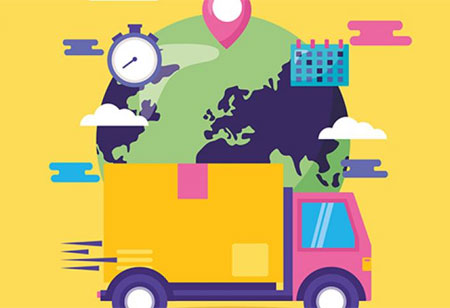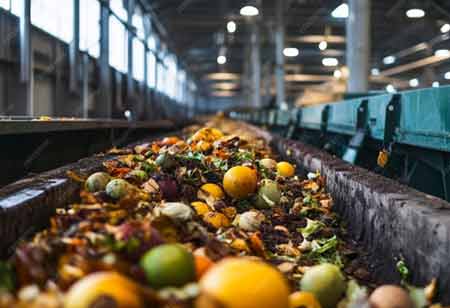THANK YOU FOR SUBSCRIBING
Be first to read the latest tech news, Industry Leader's Insights, and CIO interviews of medium and large enterprises exclusively from Food and Beverage Tech Review
Major Hurdles in Food Supply Chain Visibility
To attain the level of visibility outlined above, the food sector will have to break away from legacy operations involving the siloed management of operational systems and databases.

By
Food and Beverages Tech Review | Monday, September 06, 2021
Stay ahead of the industry with exclusive feature stories on the top companies, expert insights and the latest news delivered straight to your inbox. Subscribe today.
To attain the level of visibility outlined above, the food sector will have to break away from legacy operations involving the siloed management of operational systems and databases.
FREMONT, CA: The containment measures during the COVID-19 pandemic have significantly affected the essential flow of food from farms and producers to consumers. Several lessons will be learned once the worst impacts of COVID-19 subside, but the world thinks one of the key lessons for food enterprises is already crystal clear. Firms require using the momentum of the outbreak as an opportunity to re-design their supply chain with future resilience in mind. Looking ahead, participants of the food supply chain will require improved end-to-end visibility to function together to get ahead of the curve. Here is some visibility challenges in the food supply chain.
Food Distribution
While food producers have been functioning tirelessly to keep grocery store shelves and restaurant kitchens well-stocked, there continues to be fluctuating availability on many products, like eggs, dairy, poultry, and meat. This has led distributors and suppliers to scale their prices when selling these goods to stores and restaurants, who have had to pass the additional costs on to consumers through their price scales and surcharges, respectively. Many grocers have also deployed purchase limitations on consumers to combat shortages.
Consumer Demand
With the reopening of restaurants, people will select to cook more of their meals at home. It was a trend that starts with restaurant closures and will continue for the foreseeable future as consumers remain cautious of eating out. While this may bring complicated times ahead for the food industry, the grocery sector sees a massive lift in business. Research from the restaurant management platform shows that restaurants only saw 64.5 percent of their pre-COVID-19 sales levels. Real-time visibility into the transactional process and stock levels at the retail level would help production planners enhance the accuracy of their forecasts and think steps ahead before orders come in and thereby balance supply with demand.
Food Handling
Public health is the priority right now. Participants at each point in the food supply chain today require communicating with each other and to consumers that they follow best practices for social distancing, disinfecting, and other precautions.
I agree We use cookies on this website to enhance your user experience. By clicking any link on this page you are giving your consent for us to set cookies. More info


However, if you would like to share the information in this article, you may use the link below:
https://www.fbtechreviewapac.com/news/major-hurdles-in-food-supply-chain-visibility-nwid-842.html





